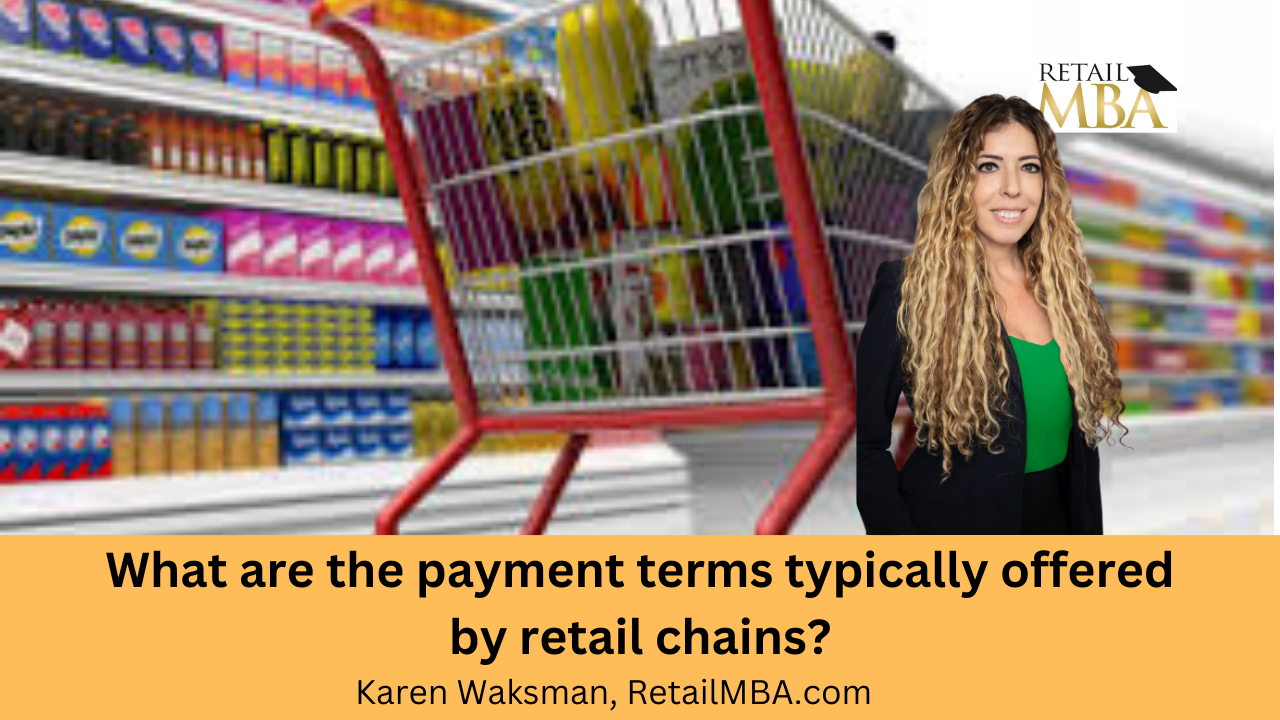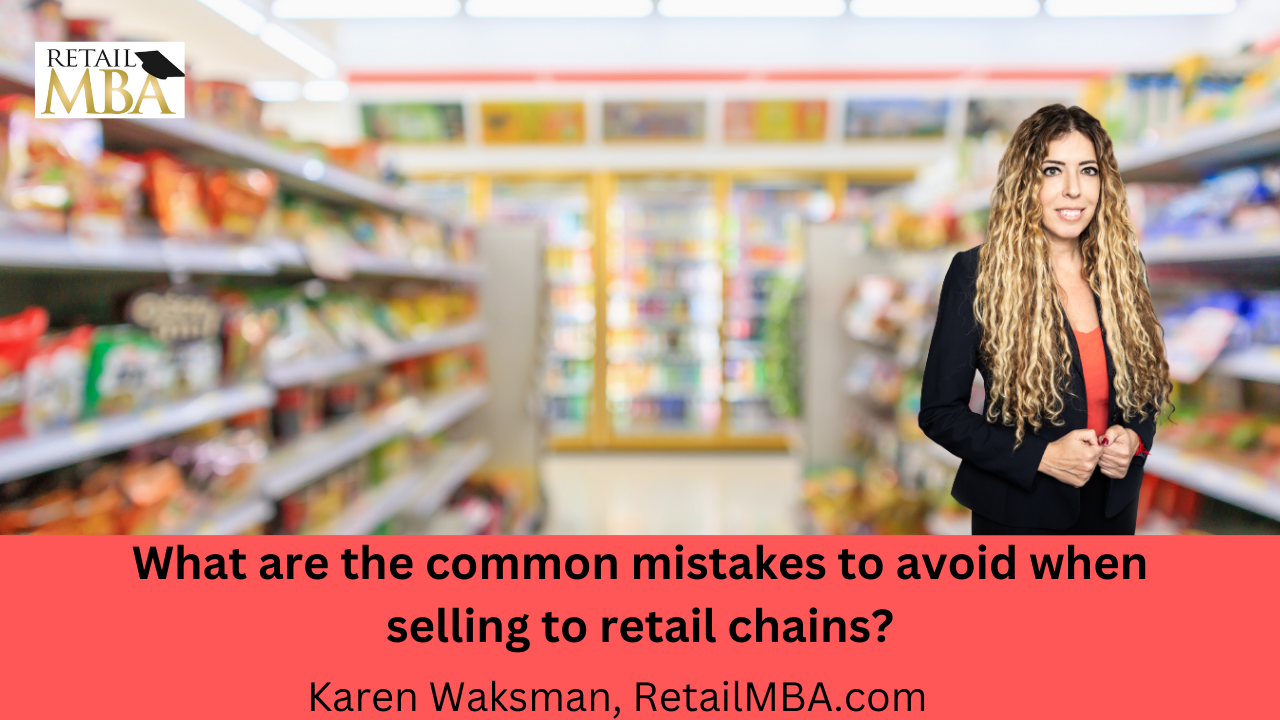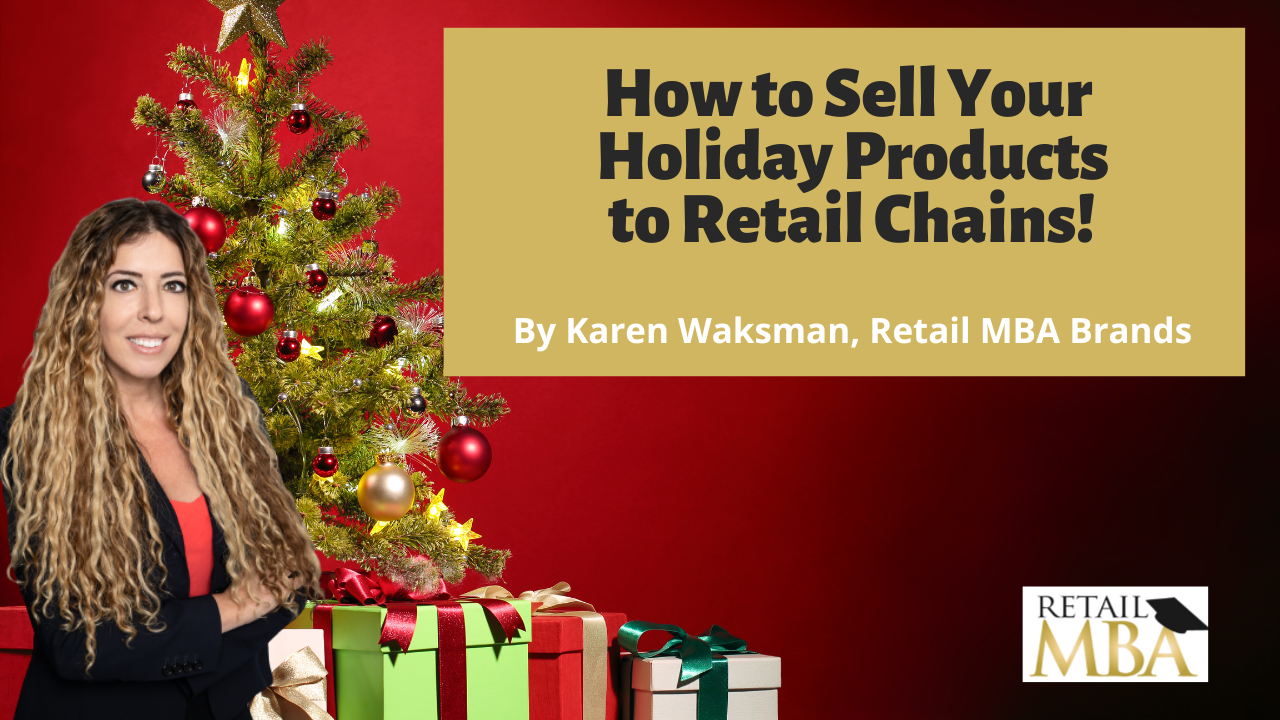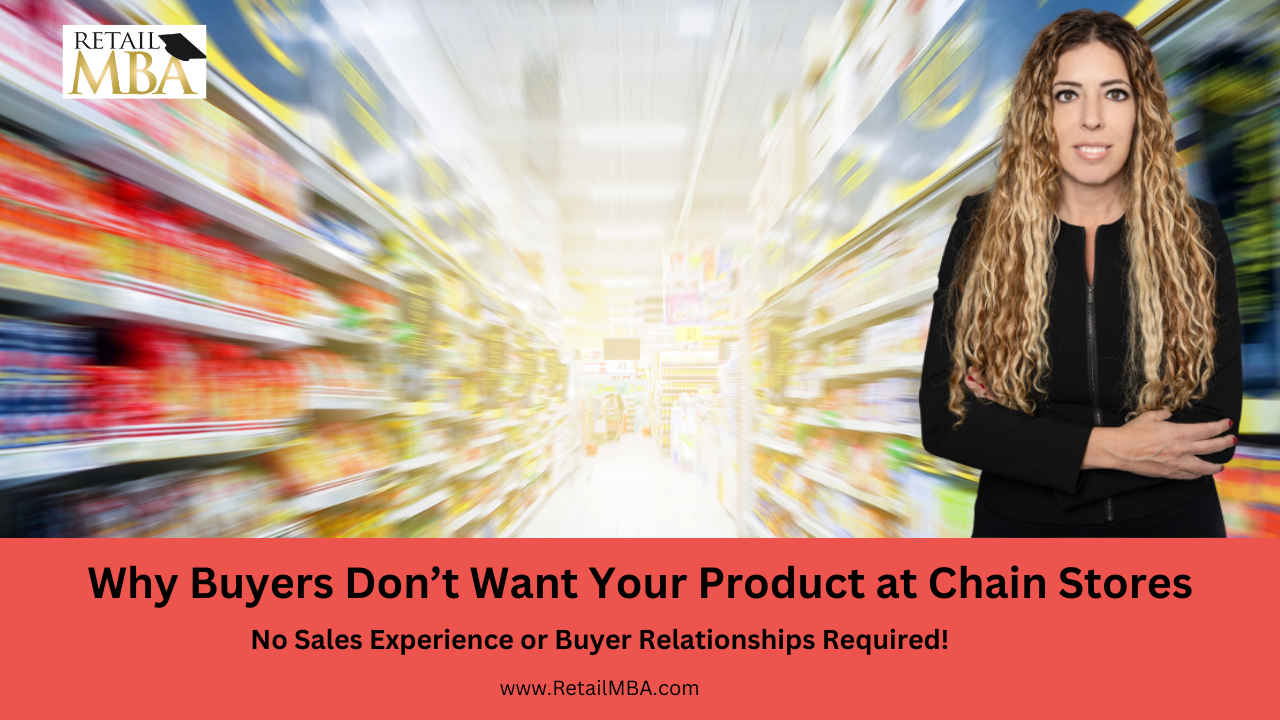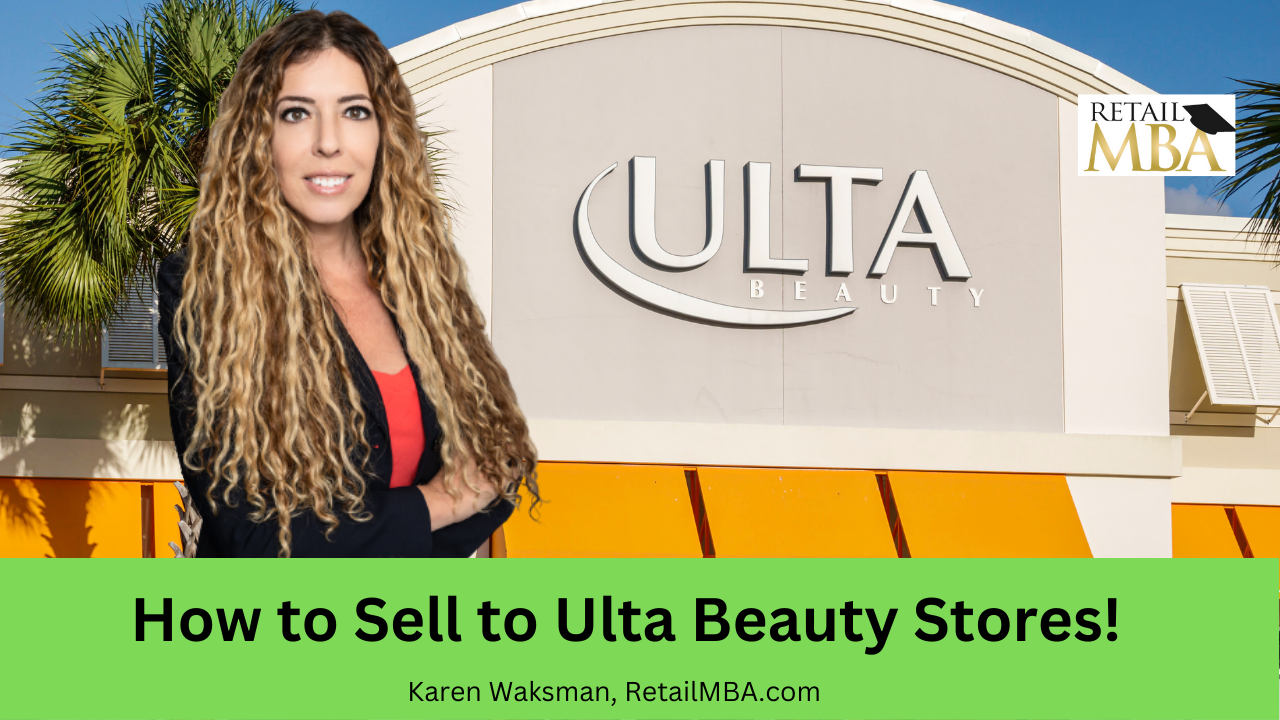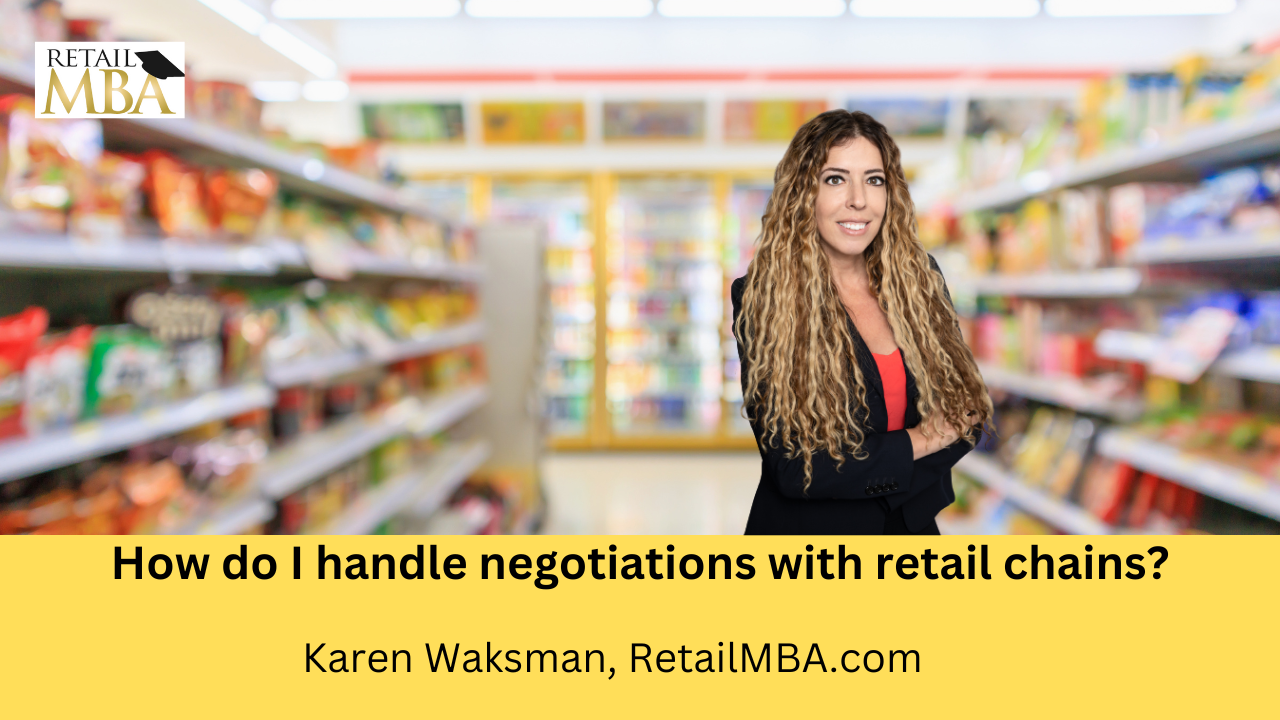Cross Merchandising
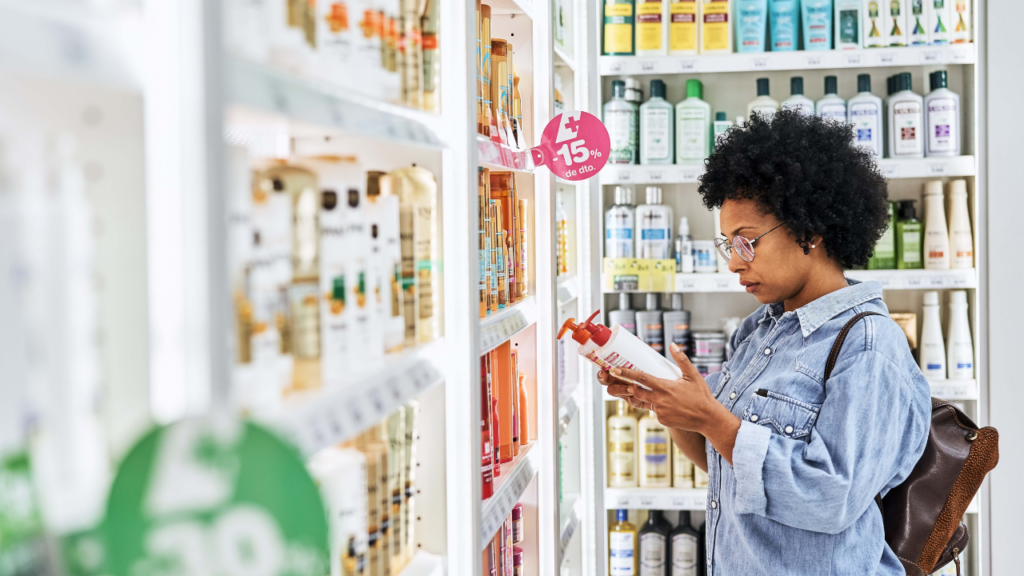
Boost Sales With Cross Merchandising in Retail
Cross merchandising in retail means encouraging your customers to add products during checkout process and can be an excellent way to drive up sales and meet fast or free shipping goals.
Retail stores may display formal shirts paired with matching trousers, scarves and handbags in an attempt to convince customers to purchase the entire outfit.
Complementary Products
Retail stores frequently sell complementary products together to increase total sales and promote cross-merchandising strategies that increase total revenues. Examples of complementary items may be lemons near seafood, batteries for toys, detergent alongside fabric softener detergent, wine and cheese pairings or greeting cards adjacent to flowers. Your customers should feel inspired to purchase additional products when visiting your store or website – or they might purchase them immediately because of your cross merchandising strategy!
An AI-powered real-time personalized recommendation engine can increase sales by showing customers suggested complementary items on product pages, particularly after they have reviewed an item’s specifications, photos and description in great detail. AI can analyze this data before creating a pop-up listing of suggested complementary items when someone adds something to their cart or during checkout.
Complementary items can also be combined as part of a bundle or package to increase AOV, such as multiple products with discounted pricing such as gift cards paired with online subscriptions or skincare product with free shipping. Bundling can be highly profitable for retailers as it increases AOV while making shoppers feel like they’re getting an amazing value deal.
Care must be taken when choosing and merchandising complementary products across your online storefront, as pairing the wrong items together could cause confusion or overwhelm customers. To prevent this from happening, focus on selecting only a select few complementary items and then vary their presentation – be that lifestyle shots on product detail pages (PDPs), adding a “Complete the look” widget on product pages or including outfit images with links back to complementary products in post-purchase emails and campaigns or simply adding lifestyle shots with links directly into them so as to take advantage of consumer behavior changes and purchase trends as they emerge over time. This allows businesses to keep pace with consumer behavior and purchase trends constantly evolving as consumer behaviors shift allowing companies to keep up with consumer behavior and purchase trends which evolve constantly as consumer behavior and purchase trends evolve over time allowing companies like yourself a step ahead.
Contrasting Products
Combine products that have an obvious relationship to help consumers understand how each works and its effects. For instance, home decor stores might place furniture and accessories together so customers can visualize room arrangements more easily; grocery stores might display kitchen utensils near food products – such as apple peelers near apples or French presses next to bags of ground coffee – so customers can more quickly grasp how each works and its potential impacts.
Cross merchandising, often referred to as upselling, is one of the most effective strategies to increase average order value (AOV). To begin this strategy, observe what customers typically purchase together – such as wine with cheese or sunglasses with bags – then create package deals featuring both items at discounted rates so shoppers will buy both items and boost your sales.
Online retailers can employ similar strategies when upselling, adding complementary or additional items to a cart that has already been filled. An in-cart message can remind customers they require other products for completion of their purchase and thus upsell more effectively.
Cross merchandising techniques often include showing customers alternative products alongside those they’re replacing, like placing an air purifier next to a vacuum cleaner, or an in-home cleaning system beside commercial cleaning service. This helps customers save time by seeing all their options at once while encouraging them to upgrade to more expensive versions.
Create thematic displays such as ‘Complete the Look’ widgets on PDPs or an outfit inspiration page can also help boost AOV. In such displays, lifestyle shots of items in each look should be linked back to relevant products that make up that look, along with information regarding each piece that comprises it.
Secondary Product Placement
Cross merchandising strategies typically involve placing complementary items close together; this technique may also be used to promote products not necessarily related. For instance, retailers offering lingerie may place matching bras and panties near one another to lure shoppers into making complete purchases; similarly stores selling sports equipment could feature supplies needed to use their product such as helmets or protective pads alongside it on display.
Cross merchandising techniques that involve product demonstrations and samples can also be powerful tools in encouraging customers to purchase all the components necessary to recreate an experience at home. Retailers set up displays where sales associates show customers how to use a product, hand out samples, explain its features and benefits before encouraging customers to buy all necessary components – an especially beneficial approach in self-serve stores such as grocery, convenience and drug stores where there isn’t always someone present to suggest buying opportunities.
Bundles are an increasingly popular form of cross merchandising that involves grouping similar products together to increase sales. For instance, grocery stores might combine guacamole ingredients with tortilla chips in one display case while gift shops bundle bouquets of flowers with cards as bundled displays. Retailers use their data analysis capabilities to identify which types of products frequently purchased together and then utilize this knowledge when creating these displays.
Retailers rely heavily on visual merchandising to drive impulse purchases by strategically displaying related items that stand out. A display of scented candles next to a stack of books, for instance, could tempt customers to purchase both products because their colors and fragrances match. Other retailers create product pairings around an idea that one product enhances another; an electric razor might pair nicely with shaving gel while cutting boards could complement razor blades for example. Ultimately, visual merchandisers aim to present cohesive presentations of merchandise that increase average order value while improving customer satisfaction levels across retail businesses.
Product Demonstrations and Samples
Cross merchandising involves the display of products alongside items that complement them, sending subliminal signals to shoppers that the secondary product matches up well with its primary one and may increase impulse buying. For instance, a black dress displayed with matching shoes and handbag may compel someone who only intended to purchase the dress to also purchase additional accessories as part of their purchase decision.
Cross merchandising can also be achieved effectively through providing customers with samples or demonstrations to show how the complementary products interact. This strategy works especially well for beauty, food or kitchen products – West Point Market in Ohio used this tactic to showcase their grill machine by cooking sandwiches on it and handing out samples to shoppers – who then purchased not only the grill machine itself but also all necessary ingredients to replicate its recipe at home!
Retailers use various tools to conduct product demonstrations, including mannequins and tables. Some retailers even construct entire merchandising displays that allow customers to sit on, touch and interact with products within them; this practice is known as immersive retail and is popularly employed in home goods stores in order to create an inviting and friendly atmosphere for consumers.
Samples and demos can also help bring attention to slow-selling or new products. A well-executed display can demonstrate how a specific item is used in real life and encourage customers to add it to their cart, providing an effective means of moving slower-selling or lesser popular items that might otherwise languish on shelves.
Online retail offers retailers another opportunity for cross merchandising, as it enables them to target specific demographics and geographical regions. For instance, travel websites could use lifestyle content displaying people wearing and carrying the brand’s clothes/bags in their destination city to inspire shoppers who may then purchase similar products in their own cities – thus driving sales further. Online retailers may also leverage customer data analysis techniques to determine which items frequently go together and create themed product collections – an effective cross merchandising tactic!
Step-by-step training on how to sell to retail chains!
We explain exactly how to do that and how to get started today. I’ve taught over 100,000 of companies over the years across the globe on how to get your products to the stores. And so we’re here to support you. Or please subscribe to our Youtube channel and or be on the lookout for additional training that we create.
We are here to expedite the process of generating revenue with your physical products and that’s what we’re all about. Take a look at our advanced training, live events, certification programs and so much more.
In this training, I will discuss some of the things to think about when approaching a retailer to sell your products and become a vendor. Hope it helps! 🙂
Karen Waksman,
Retail MBA
Questions? Contact Us!
1-855-Retail-2 (Call or Text)
Email: info@retailmba.com
Retail MBA provides a step-by-step formula on How to Sell to Major Retailers, Online Retailers, Smaller Retailers, Catalogs and More. No Experience Required! These solutions continue to convert for clients year-over-year! These are Time-Tested and Proven Strategies that we utilize ourselves when going after stores! Everything we teach, we test. Want access to these formulas? ANY one of our programs and coaching systems gives you access to them now. With that said…
Here are 5 Easy Ways to Work with Us:
1) Free Training – If You Would Like to Join Our Next FREE Webinar Training Called “Retail Chain Store Secrets – How to Sell to Major Retail Chains. No Experience Required” Then Sign Up NOW To Learn All About Selling into Retail Chains By Clicking Here!
2) Retail MBA Year Long Coaching and Training System – Our Year Long Coaching and Training System with Karen Waksman is POWERFUL! This is our most popular training and coaching system! We walk you through how to approach, pitch and sell to retail chains and we coach you along the way! Join us by Clicking Here!
3) Masterclass Intensives – Want to Join our Next 4 Week Elite Retail MBA Masterclass Intensive? These Intensives Are EPIC for people who Love Fast Paced Learning – Homework, Retail Coaching, Developing Your Strategy, Buyers Contacts and More! These Events Are Held Every Quarter. Join us by Clicking Here!
4) Done-for-You Program – If You Want Karen Waksman and Her Team to Reach Out to Your Top Dream Retail Chains On Your Behalf – And You Have a Retail-Ready Product, Check Out our Epic Done-For-You Service by Clicking Here!
5) In Person Events – If You Want to Learn LIVE and Meet Karen Waksman in Person at Our Next “America’s Next Retail Product: LIVE Event with Other Like-Minded Individuals in Beautiful San Diego, CA! We Would LOVE to Have You Join Us by Clicking Here!
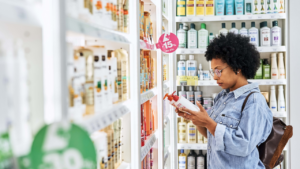
Check Out Our Additional Blog Posts Here:
Retail Terms
Retail Terms – What are the payment terms typically offered by retail chains? Click Here to Learn More!
Retail Vendor
Retail Vendor – What are the common mistakes to avoid when selling to retail chains? Click Here to Learn More!
How to Sell Your Holiday Products to Retail Chains
New Training on How to Sell Your Holiday Products to Retail Chains
Ulta Beauty Vendor
Ulta Beauty Vendor – How to Sell to Ulta Beauty Stores. Click Here to Learn More!
Retail Strategy
Retail Strategy – How do I handle negotiations with retail chains? Click Here to Learn More!

